The latest edition of the Michelin Challenge Design asked participants to design a vehicle for the year 2025 that will become a classic and defines, or represents, this transitional era in automotive design and technology to win the Michelin Concours d’Elegance in the year 2050.
The grand prize was won by Georgii Varodi from St. Petersburg, Russia, with his concept “DS Bertoni”, conceived as a “Bond car” for the year 2025.
The three winning designs, six finalists and four honorable mentions were chosen by the jury from more than 1,000 entrants representing 67 countries. In the past 18 years, Michelin Challenge Design has received more than 13,000 entries from 130 countries.
The 2nd winner – the Mystique Concept by Harsh Panchal
Representatives from the first-, second- and third-place winners were invited guests at “Movin’On by Michelin”, the premier global sustainable mobility event held in Montreal.
The winners and their designs were joined by winners from the 2018 global competition and recognized during a private reception at Movin’On.
3rd Place Winner: Bugatti Type 2050 SC Atlantic by Boussid Mohammed Ramdane
Winners participated in a private portfolio review with members of the jury and leading designers and participated in a workshop on sustainable mobility.
“The Michelin Challenge Design competition celebrates innovation in vehicle design. The quality of this year’s entries was outstanding,” said Ben Ebel, lead user experience designer, Michelin North America and chairman of Michelin Challenge Design. “We congratulate the winners on designing innovative, thought-provoking, futuristic entries that are worthy of winning the Michelin Concours d’Elegance in 2050.”
QuarantONE Concept by Oto Arantes
Here is the complete list of winners and finalists:
Winners
- First place: Georgii Varodi of St. Petersburg, Russia, for the entry “DS Bertoni”
- Second place: Harsh Panchal of Vadodra, India, for the entry “Mystique”
- Third place: Boussid Mohammed Ramdane of Oran, Algeria, for the entry “Bugatti Type 2050 SC Atlantic”
Finalists (in alphabetical order):
- Oto Arantes of Sao Paulo, Brazil, for design entry “QuarantONE”
- Guillermo Nicolas Gaudioso of Eldorado, Misiones, Argentina; Facundo Castellano Davila of
Cordoba, Argentina; and Lucas Basile of La Plata, Buenos Aires, Argentina; for design entry
“EAL Concept” - Dong Hun Han of Seoul, South Korea, for design entry “Ferrari Gothica Rossa 2025 Electric Hypercar Concept”
- Tao Ni, Hua Chen, Yong Ni, Rui Xiong, and Yuan Tian (Ether Design Lab) of China, for design
entry “Noah” - Maria Rydno of St. Petersburg, Russia, for design entry “Chanel”
- Emilie Sicot, Guillaume Mazerolle, and Alexis Nguyen of Paris, France, for design entry “Aston Martin E-GO”
The Chanel Concept by Maria Rydno
Honorable Mentions (in alphabetical order):
- Esteban Daniel Diaz Gonzalez and Lucas Colombo of Cordoba, Argentina, for design entry “Bi25”
- Deven Khatri of Detroit, Michigan, United States, for design entry “The AMAZ Concept”
- Mihul Prakash of Kanpur, India, for design entry “Genesis ENTRADA”
- Sergei Safin of St. Petersburg, Russia, for design entry “Legendary Drones”
Winners from the 2018 global competition at Movin’ On included : Josh Sandrock, United States ; Daniel Yee, United States, and Vinod Pakalapati, India.
The Jury Panel
The panel of esteemed jurors consisted of:
- Stewart Reed, chair, Transportation Design Department, Art Center College of Design, consultant and jury chairman, Michelin Challenge Design;
- Robert Bauer, design studio manager, Nissan Design America;
- Chris Chapman: chief designer, Hyundai Design North America;
- Dave Marek, Acura global creative director, Honda R&D Americas, Inc.;
- Craig Metros, design director, North American Truck, S.U.V & Commercial, Ford Motor Company;
- Damien Michelin, honorary juror, Michelin North America;
- Frank Saucedo, director, Advanced Design Studio, General Motors;
- Freeman Thomas, former global advanced design director, Ford Motor Company
- Jason Wilbur, owner, Brave Labs, Inc.
Juror comments :
“Michelin Challenge Design is the most important global design competition for emerging young talent. The beautiful thing is that we really engage the global design community. That was once again reflected in the works chosen by our jurors,” said Stewart Reed, Art Center College of Design in California and Michelin Challenge Design jury chairman.
“I’m always intrigued to see all of the different ideas that come from around the world,” said Craig Metros, Ford Motor Company.
“This Michelin Challenge Design theme really brought a unique aspect to the word ‘elegance’. It’s elegance in engineering. It’s elegance in technology. It’s elegance in future thinking,” said Chris Chapman, Hyundai Design North America.
“The premise of a car being built in 2025 becoming a classic is extremely hard. You have to project in 2025 first something that would be that far out and then in 2050 becomes a classic. This challenge is unique,” said Frank Saucedo, General Motors.
“Michelin Challenge Design is a fantastic opportunity for young designers around the world to participate and show off their design and innovation skills. The quality of work was impressive,” said Robert Bauer, Nissan Design America.
“The solutions were unique and I think what we arrived to in the final were equally different, yet had the same kind of feeling for a Concours car,” said Dave Marek, Honda R&D Americas, Inc.
“I’m looking for that element of innovation. Concours is really less about the rational and more about the irrational beauty of innovation and art,” said Freeman Thomas, former global advanced design director, Ford Motor Company.
“It’s great to see younger people be passionate about what they do. We should do everything we can to encourage them and help them demonstrate their talents,” said Damien Michelin, honorary juror for Michelin North America.
(Source: Michelin)

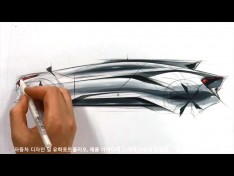
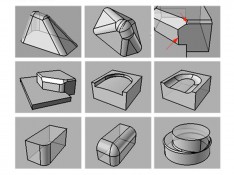
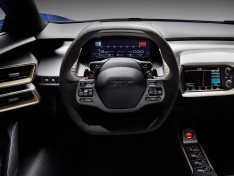
 share on Buffer
share on Buffer




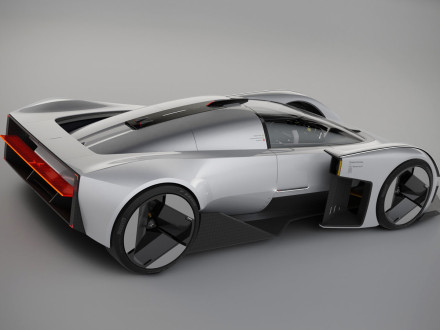
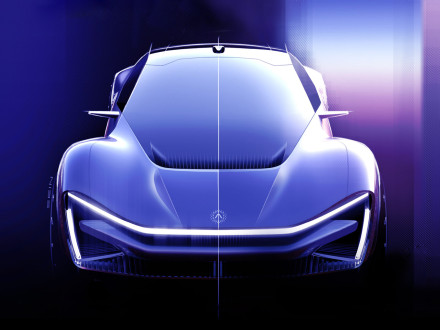
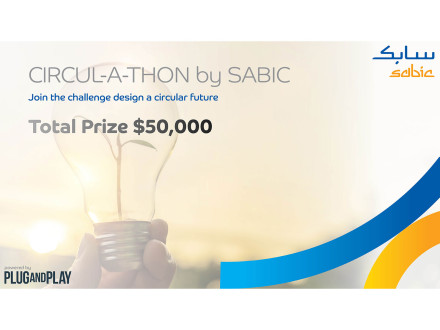



Comments